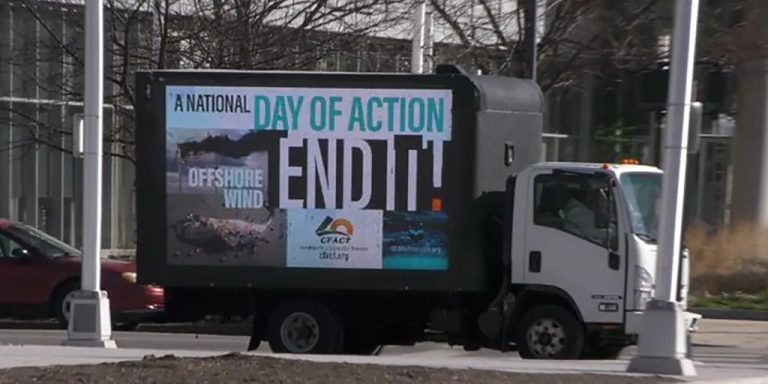from CFACT
David Wojcik
Last month, I analyzed various loopholes in the federal California Offshore Wind Initiative EIS (PEIS) draft. look.
Now, a new report shows that these seemingly large holes are small compared to the huge EIS gap created by the federal action plan for offshore wind development on the West Coast.
First, the entire California program is massive compared to the mere five leases covered by the so-called California PEIS. The document I wrote is best called Starter Kit EIS. In addition, there are many developments in Oregon and Washington states.
I pointed out earlier that the PEIS document does not address the cumulative impact of the five leases; it simply looks at the general impact of one lease. But what's really missing is an environmental impact assessment of the entire West Coast plan.
The long title of the new report is: “Action Plan for Offshore Wind Development in the U.S. West Coast” (original text in all capital letters).
look
The action plan is a conceptual design for offshore power transmission, but in order to do that you have to know the location of the power generation so that it can be included in considerable detail.
By 2035, the action plan will include about 100 leases, instead of the only five leases currently being considered in the draft EIS. Furthermore, while total power generation capacity is 15,000 MW in 2035, it will increase to 33,000 MW by 2050.
Each lease contains many huge floating turbines, each anchored to the seafloor thousands of feet below via multiple mooring lines. Therefore, the environmental impact of each cluster can be substantial.
To make matters worse, a series of these clusters line up essentially along the coast, particularly in Northern California and southern Oregon. Migratory species may encounter and be adversely affected by this entire series.
The list of endangered or protected species that are threatened is quite long. As I pointed out in my last article, these large 3D cable arrays are a new form of harassment under the Marine Mammal Protection Act. Endangered sea turtles and giant rays are also at risk.
PEIS said a single turbine buoy may require up to 12 mooring lines to remain stable and in place during severe weather. Assuming 12 mooring lines for a 15 MW turbine, each 15,000 MW development would have 12,000 mooring lines. The 33,000 MW case will have a staggering 26,400 mooring lines, many of which are over 4,000 feet long.
We're talking thousands of square miles of deep ocean, literally covered in a web of cables. The Marine Mammal Protection Act defines harassment as causing a change in the behavior of a protected animal, and these giant nets certainly do that. This massive and ongoing harassment should be carefully evaluated.
PEIS also briefly mentions the threat of “secondary tangles” over time from netting, wires and other debris on these cables. The potential adverse effects of this lethal accumulation need to be assessed in detail before any offshore project is approved.
The clear solution to these mooring line threats is to severely limit the number of harassment authorizations. As a result of these very limited authorizations, few new offshore wind projects have been able to be built. Nor should they be, as they are environmentally destructive. Each project requires a large number of authorizations, so drastically reducing the number of authorizations significantly reduces the number of offshore wind projects.
The simplest approach is to limit the total number of wind authorizations issued across the entire program to a specific exposed population. This is similar to limiting emissions of hazardous pollutants. One could even create a cap-and-trade program where developers can bid for entitlements the same way they bid for leases now. The 1990 cap-and-trade program for sulfur dioxide emissions from power plants is an obvious analogy.
If cumulative harassment was limited to 10% of exposed populations of each threatened species, this would severely limit offshore wind development.
All in all, the so-called California Project Environmental Impact Statement is nothing like this. Complete offshore wind plans across the West Coast need to be assessed before any project is approved for construction. This necessary assessment is missing from the operation.
Based on this assessment, cumulative impacts must be minimized. Limiting authorized harassment of each threatened species may be the best way to avoid damaging impacts.
Relevant
Learn more from Watts Up With That?
Subscribe to have the latest posts delivered to your email.
